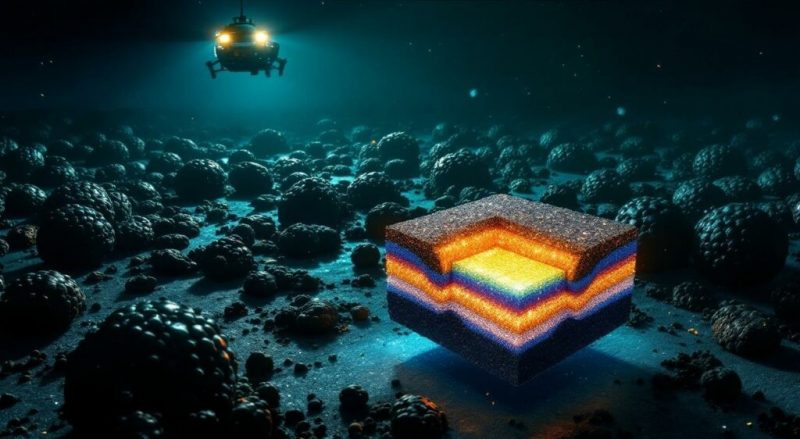
TMC Releases First-Ever Probable Mineral Reserves for Deep-Sea Nodules
The Metals Company (TMC) has announced the release of its pre-feasibility study (PFS) and technical report summary for the NORI-D polymetallic nodule project in the Clarion Clipperton Zone (CCZ). This marks a global milestone, as TMC becomes the first to declare probable mineral reserves for deep-sea nodules, advancing the viability of seabed mining for essential battery materials.
The PFS, compliant with SEC SK-1300 regulations, outlines 50+ million tonnes of recoverable nodules. These nodules contain a mix of nickel, cobalt, copper, and manganese—key inputs for electric vehicle and battery manufacturing. TMC estimates the after-tax net present value (NPV) of the project at $18.1 billion with a 35.6% internal rate of return (IRR), supporting the project’s economic potential.
In parallel, TMC published an initial assessment (IA) covering broader resource zones in the NORI and TOML blocks. These zones contain a combined measured, indicated, and inferred resource of over 1.2 billion tonnes. This geological potential positions TMC as a pioneer in unlocking critical minerals from international seabeds.
Deep-Sea Nodule Project Supported by Global Investment and Licensing Push
TMC’s NORI-D project has drawn global attention and financial backing. In June, Korea Zinc invested $85 million, securing a 5% stake in TMC and a future warrant option. The partnership enhances TMC’s capital base while aligning with Korea’s long-term sourcing strategy for clean energy transition materials.
Meanwhile, TMC has filed applications under the U.S. Deep Seabed Hard Mineral Resources Act (DSHMRA) for a commercial recovery permit and two exploration licenses. These steps bring the project closer to regulatory approval and potential production by Q4 2027. Development is expected to begin using the Hidden Gem vessel, with a projected capex of $113 million shared by TMC and Allseas.
However, TMC’s ambition has also ignited environmental debates. Several NGOs argue deep-sea mining threatens ocean biodiversity. Yet, TMC CEO Gerard Barron insists the focus now should be on managing the industry responsibly rather than debating its existence. He emphasized that “the economic value of $23.6 billion speaks volumes about the project’s significance.”
SuperMetalPrice Commentary:
TMC’s PFS signals a turning point for deep-sea resource development. By officially declaring probable mineral reserves for polymetallic nodules, TMC is moving beyond speculation to engineering and finance. With backing from Korea Zinc and regulatory filings underway, this project may catalyze broader acceptance of ocean-floor mining. However, geopolitical, ESG, and biodiversity concerns will continue to shape the narrative. For now, TMC has solidified itself as the first mover in an industry with transformative potential for battery metals supply chains.







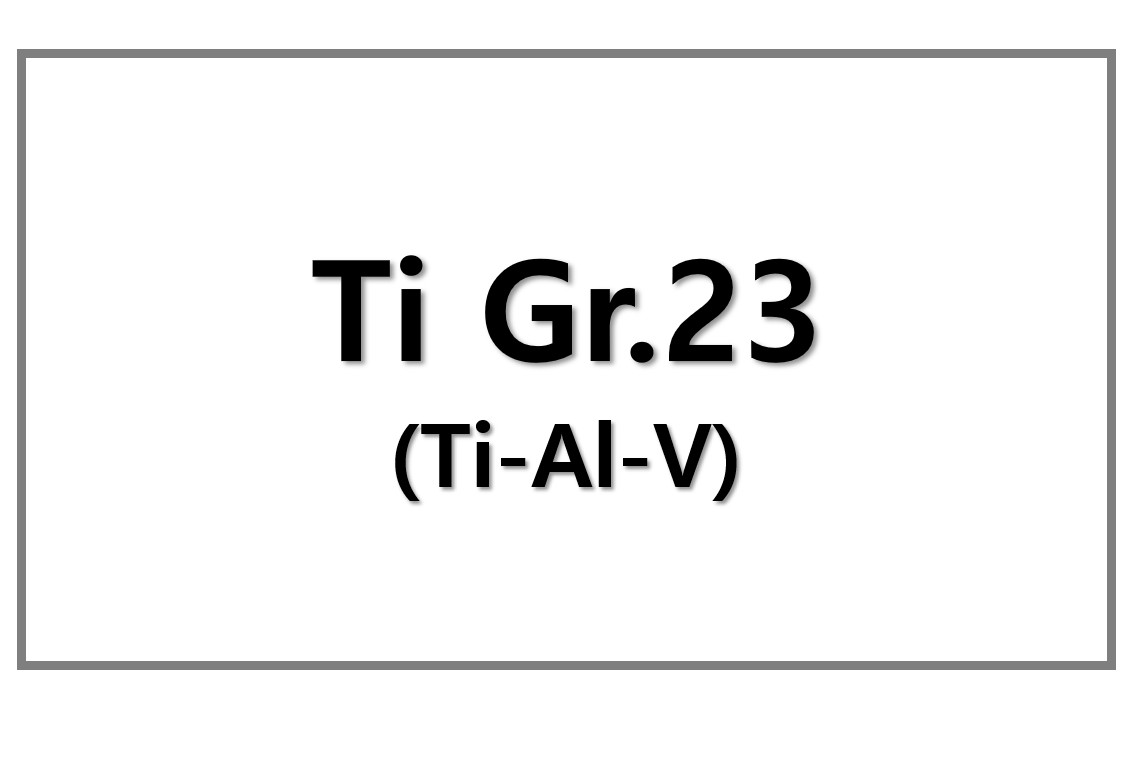
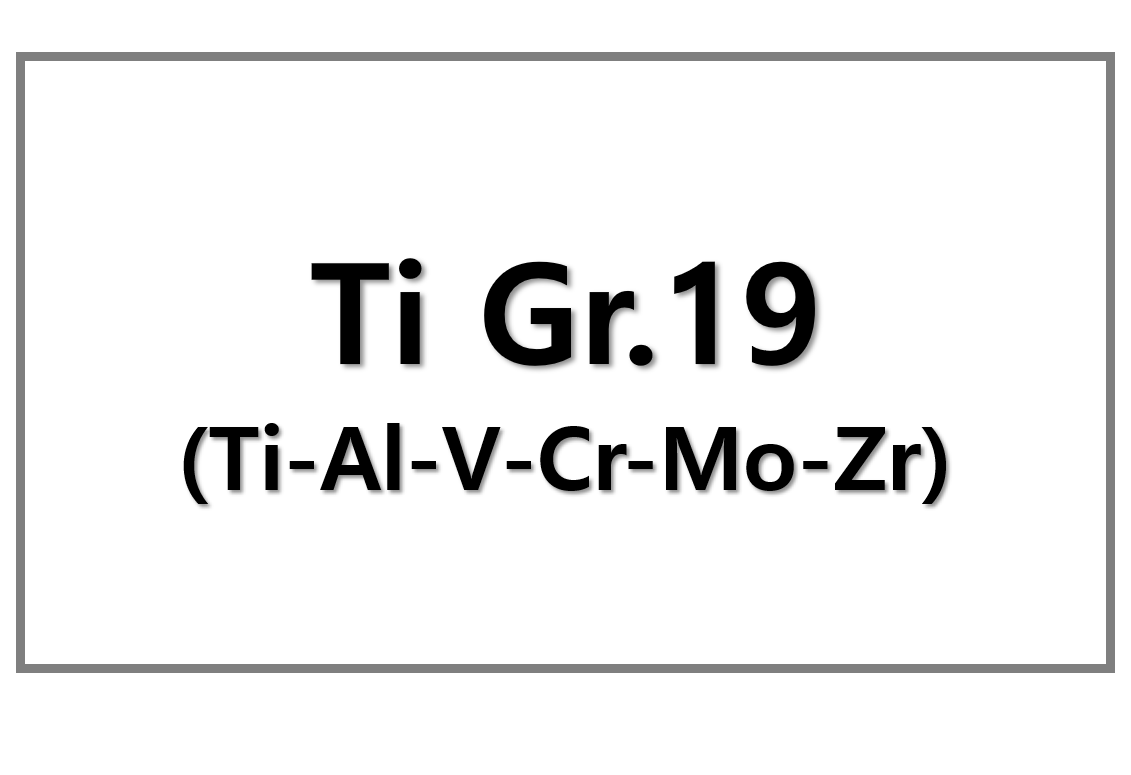
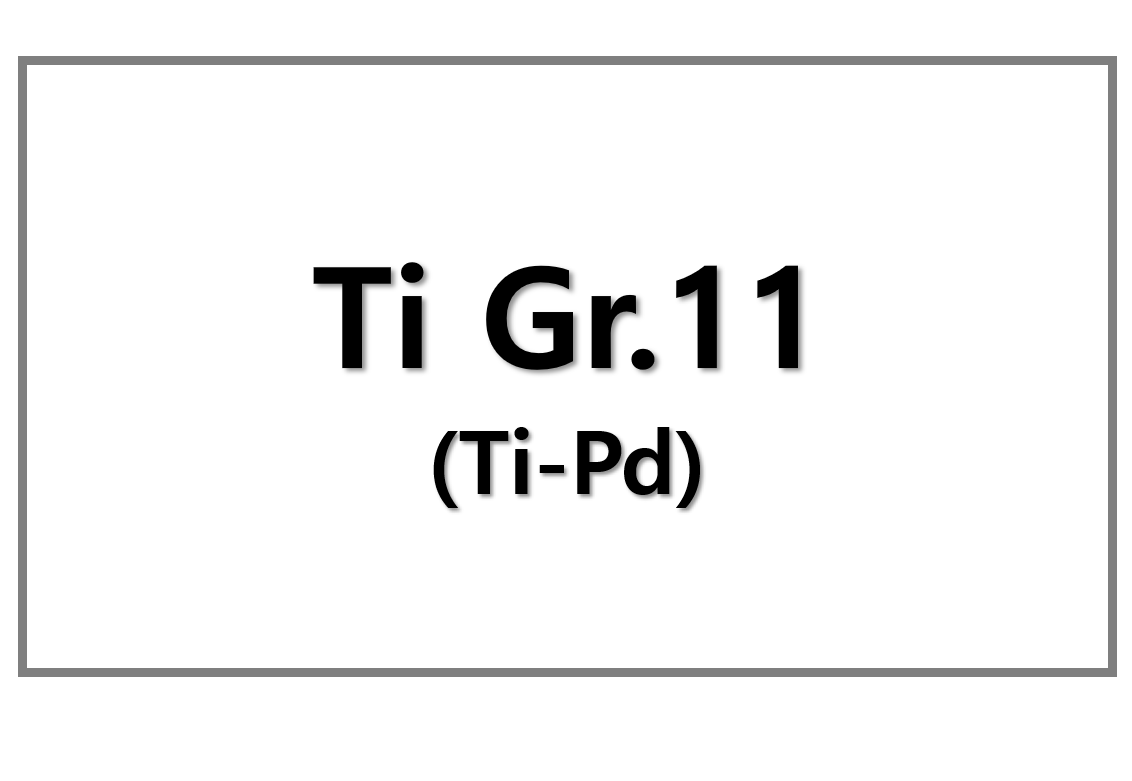
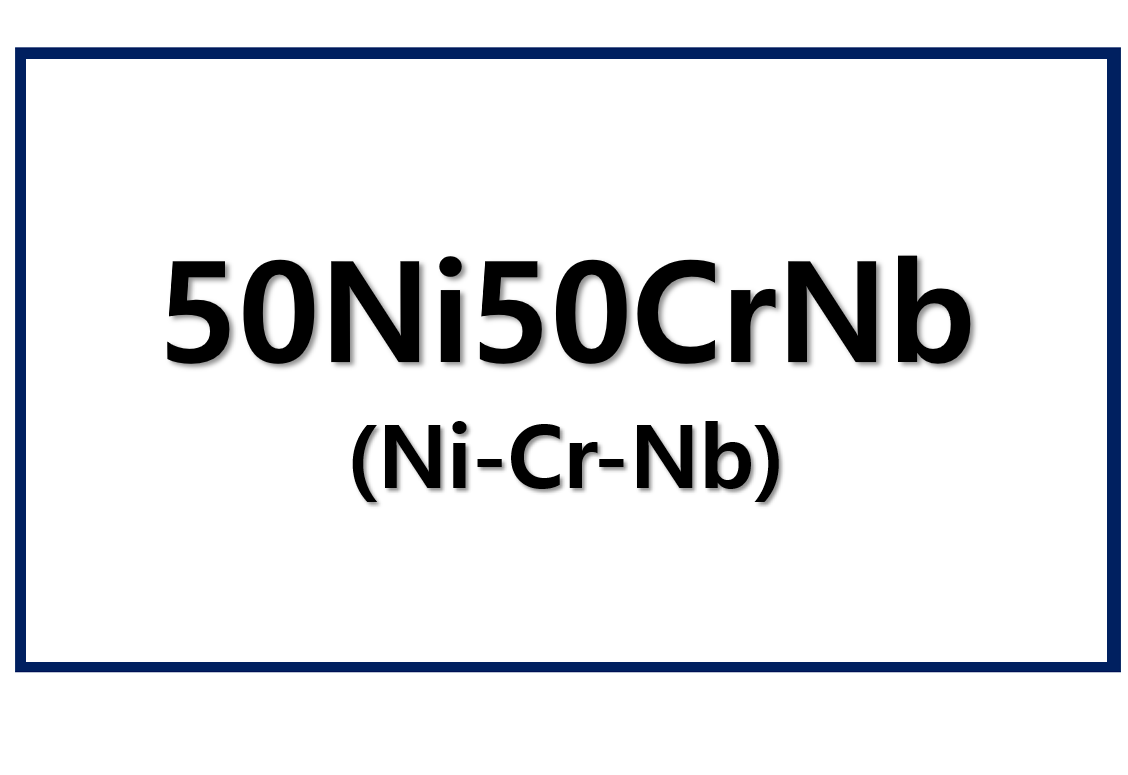
Leave a Reply
You must be logged in to post a comment.